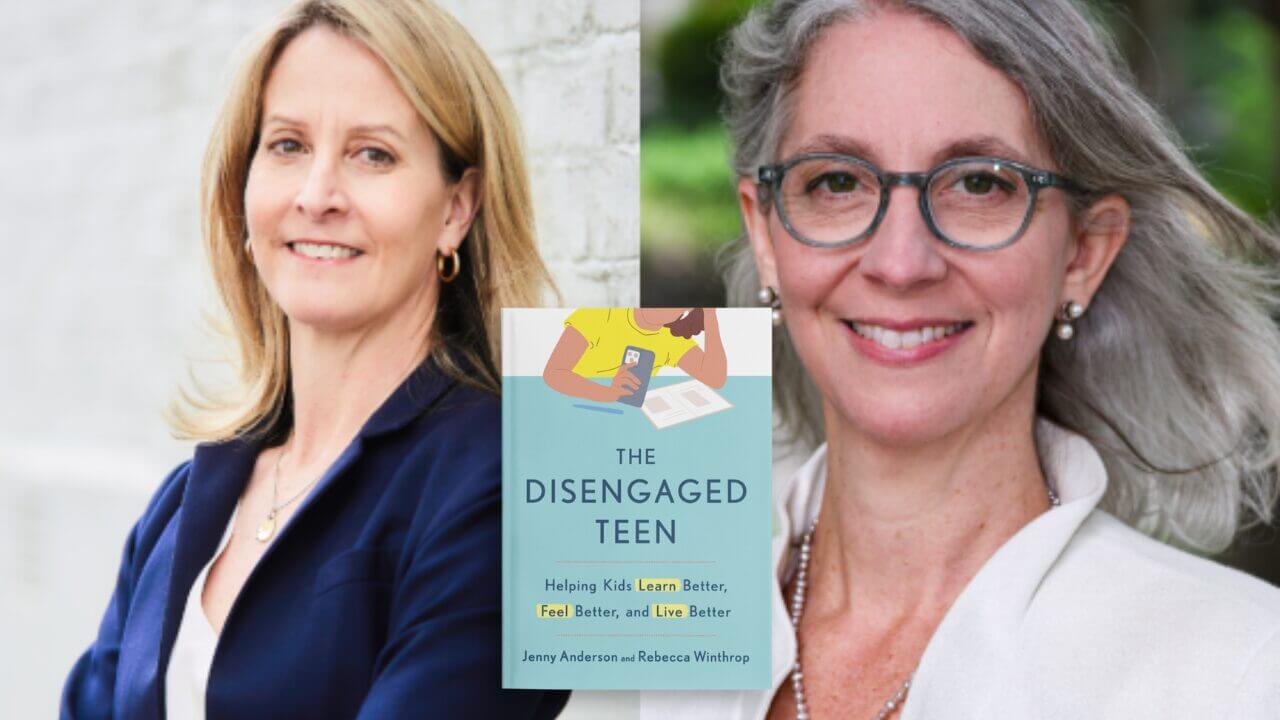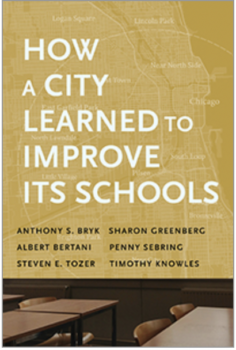How a City Learned to Improve Its Schools
A comprehensive analysis of the astonishing changes that elevated the Chicago public school system from one of the worst in the nation to one of the most improved.
How a City Learned to Improve Its Schools tells the story of the extraordinary thirty-year school reform effort that changed the landscape of public education in Chicago. Acclaimed educational researcher Anthony S. Bryk joins five coauthors directly involved in Chicago’s education reform efforts, Sharon Greenberg, Albert Bertani, Penny Sebring, Steven E. Tozer, and Timothy Knowles, to illuminate the many factors that led to this transformation of the Chicago Public Schools.
Beginning in 1987, Bryk and colleagues lay out the civic context for reform, outlining the systemic challenges such as segregation, institutional racism, and income and resource disparities that reformers grappled with as well as the social conflicts they faced. Next, they describe how fundamental changes occurred at every level of schooling: enhancing classroom instruction; organizing more engaged and effective local school communities; strengthening the preparation, recruitment, and support of teachers and school leaders; and sustaining an ambitious evidence-based campaign to keep the public informed on the progress of key reform initiatives and the challenges still ahead. The power of this capacity building is validated by unprecedented increases in benchmarks such as graduation rates and college matriculation. This riveting account introduces key actors within the schools, city government, and business community, and the partnerships they forged. It also reveals the surprising yet essential role of Chicago’s innovative information infrastructure in aligning disparate initiatives.
In making clear how elements such as advocacy, civic capacity, improvement research, and strong democracy contributed to large-scale progress in the system’s 600-plus schools, the book highlights the greater lessons that the Chicago story offers for system improvement overall.
“In this compelling account of Chicago school reform, key players join forces to build a promising future for the city’s students. Policy makers empowered local communities. Funders invested in promising programs. Researchers studied pressing problems. Administrators cultivated capacity. And teachers delivered for kids. Despite daunting challenges and setbacks, these reformers achieved remarkable success.“
— Susan Moore Johnson, Jerome T. Murphy Research Professor, Harvard Graduate School of Education
“How a City Learned to Improve Its Schools is a book of monumental importance. At a time when more is asked of public education than ever before, when racialized inequality continues to threaten the promise of public schooling, and when the fastest growing sector of the student population are youngsters of color, school districts should be looking for new approaches to do better for all students. In their new book, Tony Bryk joins some of the most important scholars working in education today to treat us to a panoramic overview of how systems can move the needle in serving all students. This book is the antonym to facile silver bullets, tired old quick-fixes, and magical thinking in education. It is the book every scholar, policy maker, superintendent, teacher, parent and concerned citizen needs to read.“
— Marcelo M. Suárez-Orozco, chancellor, University of Massachusetts, Boston, the UCLA Wasserman Dean Emeritus, and author of Education: A Global Compact for a Time of Crisis






